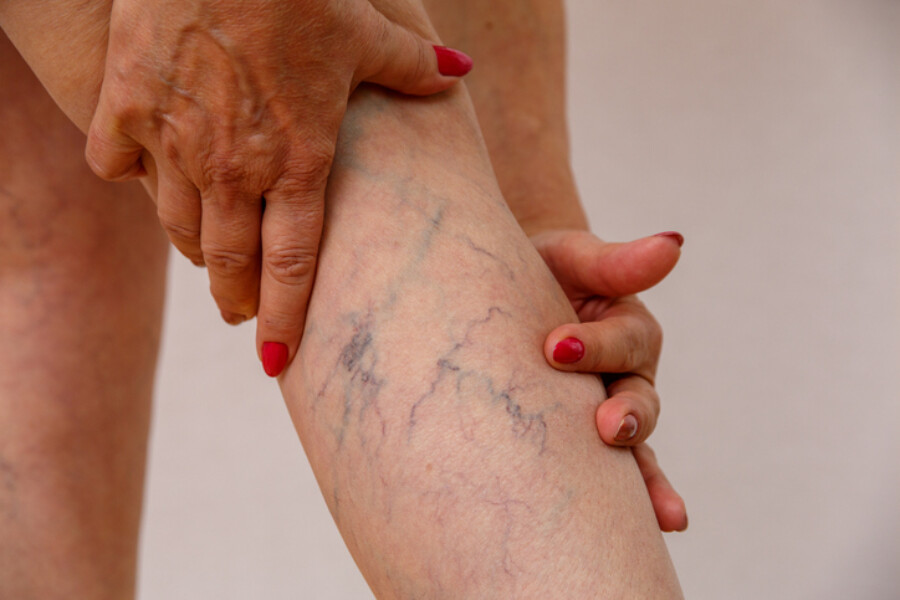
Understanding Varicose Veins – Causes Or Symptoms and Treatment Options
If you’re one of the estimated 1 in 4 Americans with varicose veins, understanding what causes or how to treat them can be helpful. Here are some things you should know:
Age and gender play a role in the development of varicose veins, as do lifestyle factors. Standing or sitting for long periods puts more pressure on the venous valves and blood flow, which can cause the walls of the veins to stretch.
Causes
Varicose veins are a common problem mainly due to the weak valves inside your veins. These tiny one-way valves open to let blood flow forward and close to keep it from flowing backward.
Eventually, the valves become worn and loose, allowing the blood to flow back into your veins. Over time, this can cause the veins to bulge and enlarge.
People who are overweight or have a family history of varicose veins have an increased risk of developing this condition. Hormonal changes during puberty, pregnancy, menopause, or using birth control pills may also increase your chance of developing these veins.
Treatment options for varicose veins include wearing compression stockings, which help reduce swelling and improve leg circulation. Your doctor also might recommend radiofrequency ablation, which uses heat energy to seal the vein. This procedure is most effective for large varicose veins but requires multiple sessions and may be more invasive than other procedures.
Symptoms
Varicose veins may cause leg swelling, tenderness, or discomfort. In some people, these symptoms can be severe and lead to a more dangerous condition called deep vein thrombosis (DVT) or pulmonary embolism.
If you notice swelling in your legs, talk to your healthcare provider, for instance, Surgical Associates, about the symptoms you are experiencing in varicose. They can perform a physical examination to check for varicose veins.
A doctor can also do an ultrasound test, a safe and painless way to see the structure of your veins. This can show any blood clots and how well your vein valves are working.
If your legs swell, especially after sitting or standing for long periods, ask your healthcare provider to perform a diagnostic vein scan. This type of test is usually not needed routinely, but it is helpful to spot problems early on.
Treatment
Thankfully, several minimally invasive options for varicose veins can be performed in a doctor’s office under local anesthesia. These treatments have short, affordable recovery periods, and most insurance covers them.
Non-invasive methods include sclerotherapy and foam sclerotherapy (Varthena). In these procedures, a chemical is injected into the varicose vein that causes it to scar and eventually close up.
Sclerotherapy is typically used to treat spider veins but can also be used for more prominent varicose veins that haven’t responded to other procedures. In sclerotherapy, the chemical creates scarring that forces blood to flow to nearby healthy veins.
Another method for treating varicose veins is endovenous laser therapy. A catheter is inserted into the vein using an ultrasound scan to guide it.
These two treatments are a good choice for patients with varicose veins above or below the knee and twisted veins that haven’t responded to traditional treatments. Both sclerotherapy and endovenous laser treatment can result in mild bruising and pain, but the procedure usually is successful.
Prevention
You can do things to prevent varicose veins from developing. These include avoiding long periods of standing, elevating your legs, and exercising regularly.
A good exercise program can improve blood flow and reduce pressure in the veins. It also strengthens your calf muscles, which help keep vein valves working correctly.
Wearing fitted compression stockings can also encourage blood to move from the ankles toward your heart, reducing the appearance of varicose veins and improving circulation.
Aging increases your risk for varicose veins because the valves in your veins may weaken and not work as well. Pregnancy and menopause also increase your risk because the hormones in these times relax vein walls and enlarge the veins in your legs.
Women are more likely to develop varicose veins than men. This may be because of hormonal changes during puberty, pregnancy, menopause, or birth control pill use. A family history of varicose veins can also increase your risk of getting this condition.
